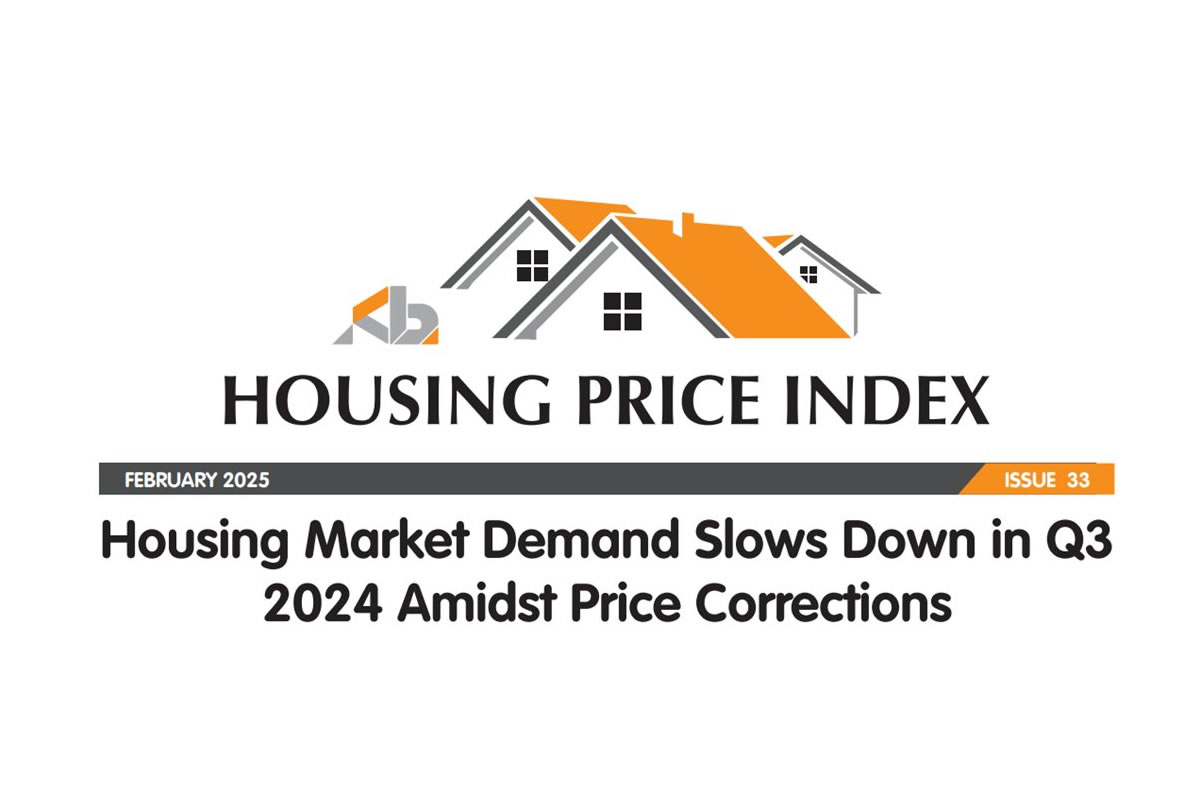Nairobi, 11 February 2015 – The Kenyan real estate sector has witnessed significant growth over the years, which is largely attributed to a stable macroeconomic environment and improved infrastructure. The recent increase in economic activities and the rising income levels have stimulated the property market and developers in all the major urban centres in the country are investing in residential and mixed use projects. With a devolved system of Government being implemented, further growth in the real estate sector across the country is anticipated.
To better guide investors on the trends, the banking industry’s umbrella body Kenya Bankers Association (KBA) has launched the first KBA Housing Price Index (HPI) to provide market players and policy makers with an improved analytical tool that is useful for tracking the housing sector based on locational and qualitative and quantitaive characteristics that influence pricing. According to KBA CEO, Mr. Habil Olaka, the significant growth witnessed within the real estate sector has inspired KBA to develop a tool that is not only credible, reliable and robust, but one that will truly reflect a sense of independence and credibility. “The House Price Index will serve two critical roles: One, it will be a useful risk management tool for the financial market players and banks in particular who not only finance home development and ownership but also take such property as collateral for other credit; and Two, it will be an invaluable tool to the non-financial sector players – both businesses and households – seeking to invest in the housing industry. ” Said Mr. Olaka. The HPI is computed using the hedonic pricing model, which estimates the price of a house from the imputed prices of the house characteristics. The model is more realistic in determining the house prices especially in the primary market as opposed to the conventional repeat sales model which is applicable in a secondary property market. The hedonic model estimates the value of the house by looking at the main features including the total area covered by the house, number of bedrooms, number of bathrooms, number of floors, location of the house, age of the house and type of the house; presence or absence of a garage, shopping mall, parking, domestic staff quarters, swimming pool, balcony, gymnasium room, master ensuite, borehole, fire place, garden/backyard, and separate dining room. While Speaking at the launch of the KBA HPI, KBA Governing Council Member and Managing Director of Housing Finance, Mr. Frank Ireri, noted that the KBA HPI fills a gap in the market. In addition, the alternative Index will act as an indicator of economic performance and also serve as a risk analytical tool. “The KBA HPI is an important tool which will provide institutional investors and individual homebuyers with information about house price inflation – allowing these investors to make better comparisons and assessments.” said Mr. Ireri. He added that “the Index would be an important indicator in informing how to deal with supply constraints that lead to escalated prices in the housing sector.” The HPI is one of the major sectoral performance indicators for the real estate sector whose tracking – and therefore essence of informing the outlook of the overall economy – is done in tandem with the quarterly published Gross Domestic Product growth rates. KBA HPI will therefore be published on a quarterly basis. “We realised that any period shorter than the three months would yield biases given that such periods may not provide a sample with adequate data points that fully represents the market,” said Jared Osoro, the KBA Director for Research and Policy while presenting the index. The tool will cover houses that have been put on sale in the market all over the country. However, the largest proportions of houses are from Nairobi and its neighbourhood that the market concentration is in favour of Nairobi and its environs. Being one of the key asset prices measure, the HPI will be of great value in the Kenyan market. It will provide a credible and scientific way of tracking movement in house prices in the country. This will be of great importance to the real estate developers and potential house buyers as it will enable them make informed investment decisions.



